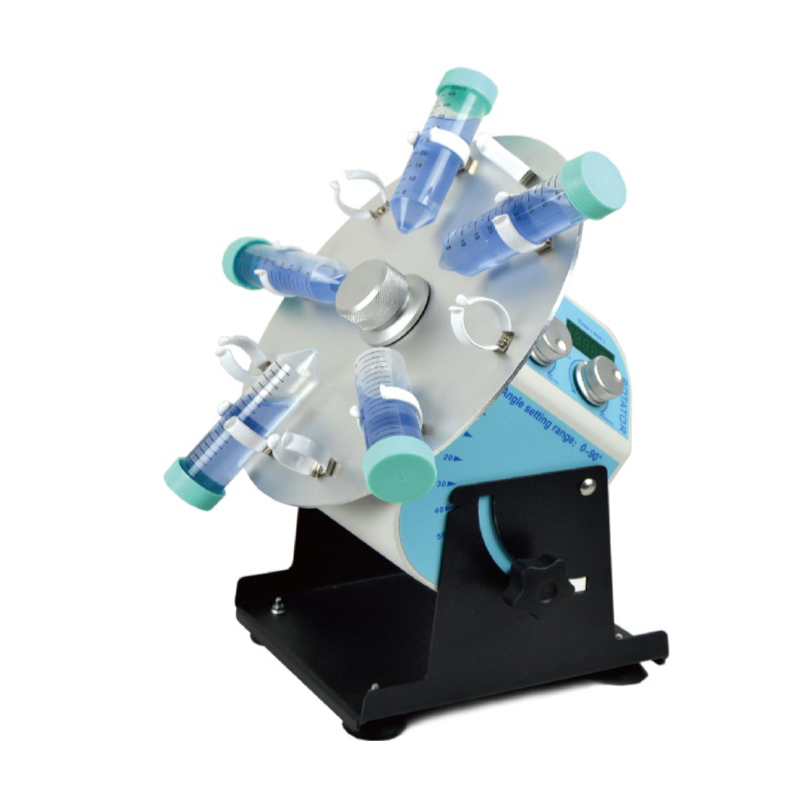How to Use a Rotator Mixer for Reliable Lab Results

Sample integrity is a common concern in laboratories handling delicate materials. Whether you’re working with blood, cells, or protein-based reagents, the way a sample is mixed can have a direct impact on test outcomes. That’s where the rotator mixer plays a key role.
Unlike vortexers or shakers that use fast, vigorous motion, rotator mixers provide low-impact, continuous rotation. This controlled movement is essential in applications where preserving molecular structure or cell viability is a priority. Used in clinical, pharmaceutical, and research labs alike, these mixers are a quiet but essential part of many workflows.
What Makes Rotator Mixing Different
A rotator mixer holds sample tubes in a rotating frame that moves in either a horizontal, vertical, or rolling pattern depending on the model. This uniform rotation keeps reagents and samples in motion, preventing settling and ensuring consistent exposure to reagents throughout the process.
This type of mixing is particularly useful for antibody binding assays, staining protocols, hybridization, or cell washing steps where even, gentle motion supports better uptake and distribution.
Making the Right Choice for Your Application
Rotator mixers come in different styles: tube rotators, vertical rotators, and rotisserie mixers, with variable speed and angle settings. Choosing the right configuration depends on the sample type, volume, and sensitivity of your application.
For instance, labs looking for a dependable system with digital control may consider options like the SCI-RD-Pro LCD Digital Tube Rotator Mixer or the SCI-RL-Pro Rotisserie Tube Rotator offered by lab equipment suppliers such as NE LabSystems. These systems are designed for continuous, unattended operation while maintaining reliable performance across long protocols.
How to Use It Effectively
Position tubes securely in the holder, select the appropriate speed and angle, and start the rotation. Regular calibration and rotor inspection help maintain performance. Avoid overloading or running the mixer at extreme speeds not suited for the tube type.
It’s also important to match the device’s motion type to the protocol. A rotator mixer is designed for extended processing, not short bursts. When used correctly, it enhances reagent interaction without damaging sample composition.
An Understated But Critical Tool
The precision and consistency offered by a rotator mixer contribute to better downstream results. Whether you’re preparing samples for analysis or supporting diagnostic assays, this instrument supports uniformity, reduces manual error, and increases lab efficiency, quietly but effectively.
